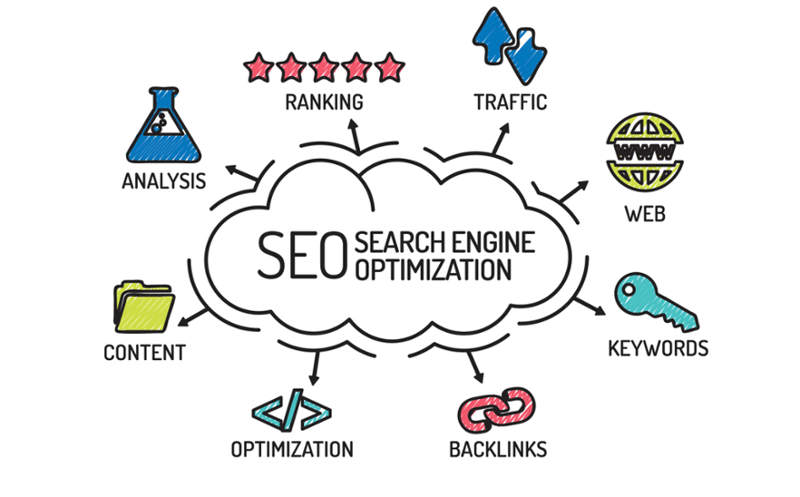Before we answer the question of how you can stand out among the many search results in Google and...
Whenever you read or talk about SEO (search engine optimisation), it’s almost always focused on ranking higher in search engines and the goal is always to become number one. Although this in many cases is true, we believe that the purpose of SEO shouldn’t always be to rank the highest in search engines but rather to generate more leads.Now, you may think we are crazy. Of course, it is vital to rank high for keywords that are important to your business; however, that's not the primary goal. You must have a deeper understanding of why you want people to find the website since you've optimised it for those keywords.
Download checklist: 10 things you need to know about SEO in 2018
The goal of SEO is conversion and leads
Many think they have "won" the competition when they see their own website ranking as number one in the search result. This is all good but what do you get back in terms of results when it comes to that ranking?
If the website that ranks as number four in the same search result converts better and generates the most leads, we claim that they are the actual winners.
Having a low cost-per-click (CPC) is very good, but having a low cost per acquisition is even better. Everyone measuring ROI on their marketing efforts will most likely agree upon this.
Moving the focus from rank to conversion will help you get a better understanding of how you should structure the content on your website and how the content appears in a search result. Here are some tips on how to think about conversion rather than ranking:

1) Write a better title
You have probably heard or read that you should include keywords in different elements on your page, and the title is no exception. Nevertheless, keep in mind that the title should also engage readers to click on your website, rather than the other titles that appear in the search result.
For example, we know that titles consisting of "How to" formulations perform very well. Tell the visitors what you have to offer and how in your title. If you have a landing page with a guide to inbound marketing, you can include [Free Guide] or [Guide] in the title.
2) Shorten the way to conversion
Humans today are generally not very patient, and this is reflected in how long we are willing to look at a page before we leave if we can’t find what we’re looking for. For you to catch the reader’s attention, you need to make it easy for them to find your valuable content.
Add "Calls to Actions" where visitors can see them – without disturbing them. Yes, this is an art in itself, but it is possible. You do not need big flashing banners or pop-ups that take over the entire page.
Insert so-called "in-text" CTAs as a natural part of your text, and place them above the fold so that you can see them without having to scroll down the page. You can also use CTAs in modules next to the text or appearing in the corner of the website.
Make sure that what you offer in the CTA is relevant to the content of the current page, that it is not disturbing and that it includes an action request.
3) Give away a lot, but not everything
Why should someone convert on your site if they already have accessed the information they need? It's essential that your site is experienced as helpful and of value. But it is also important that visitors have a reason for leaving their personal information.
Create content that is open to everyone and create downloadable premium content. The content that is available for anyone visiting your site is what appears in the search result.
The premium content is behind a form, and to access it the reader needs to leave information that helps you qualify the lead.
Let's look at an example:
You want to rank as number one for the search term "What is SEO", and so you write a long and useful piece of content that addresses search engine optimisation and how to get started. If this page is optimised, it's likely that it will rank well in Google.
As you now know that the ranking isn’t the main goal, you want this page to become a lead generator.
To make that happen, you need to include a conversion opportunity on the page which needs to be perceived as valuable and relevant by the website visitor. An example of a good conversion opportunity can be a downloadable guide called "The Ultimate SEO Guide for Beginners".
With an excellent and informative article and premium content with high relevance and high value, there's a much higher chance that your ranking will lead to conversions and that you reach your true goal with search engine optimisation.

![[DOWNLOAD FOR FREE]: CHECKLIST FOR SEO](https://no-cache.hubspot.com/cta/default/308131/e370dbf9-c2c3-468b-b7ab-2e4a1fe3d0da.png)


